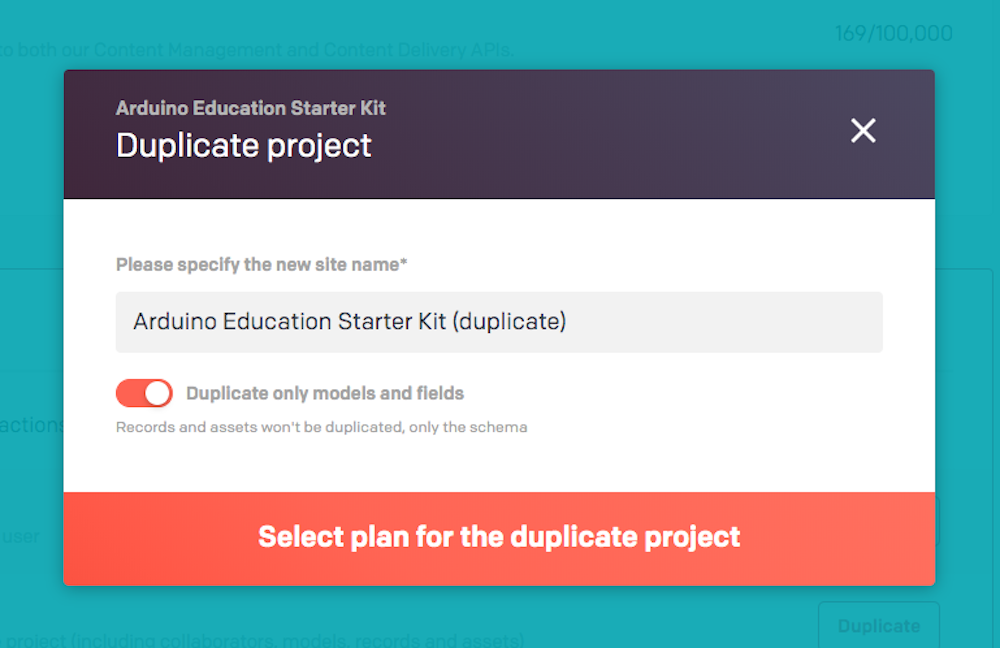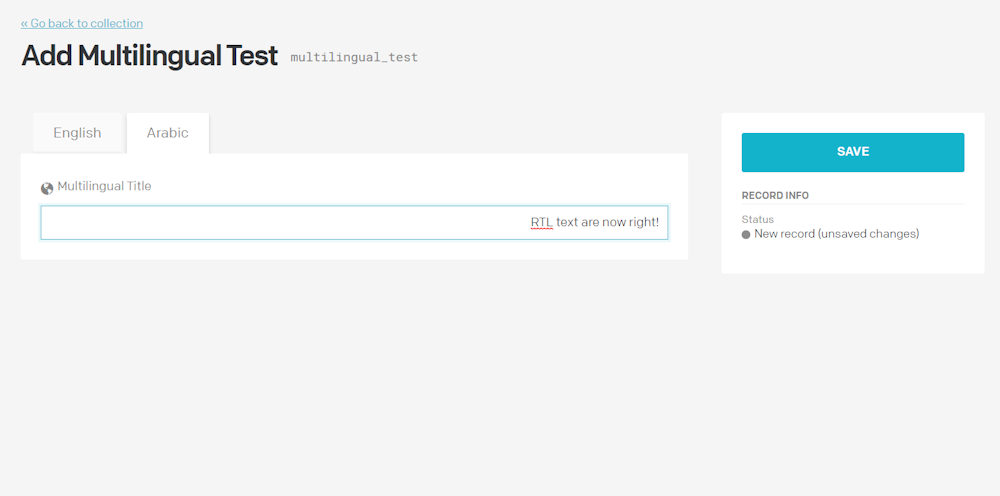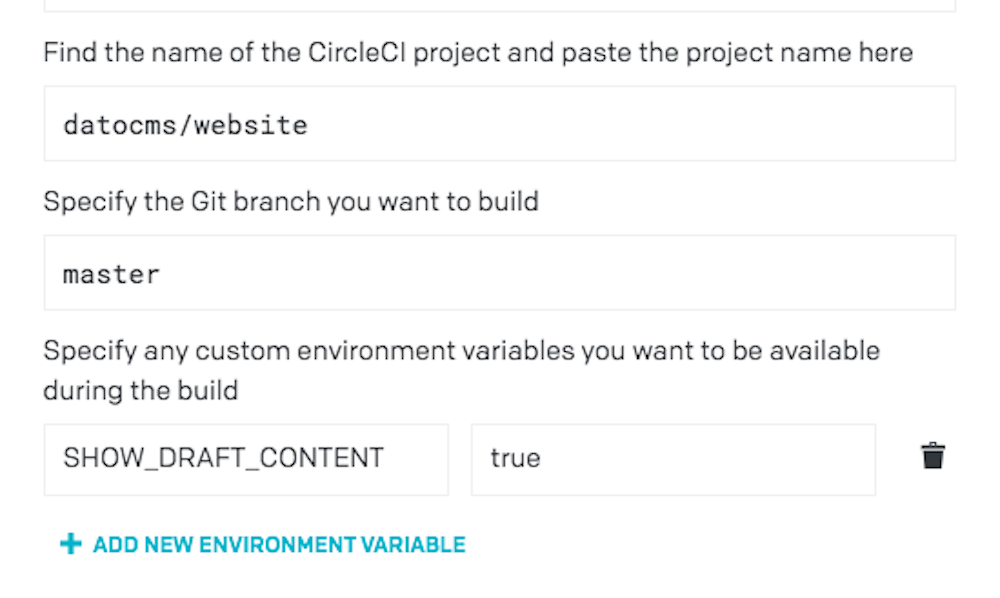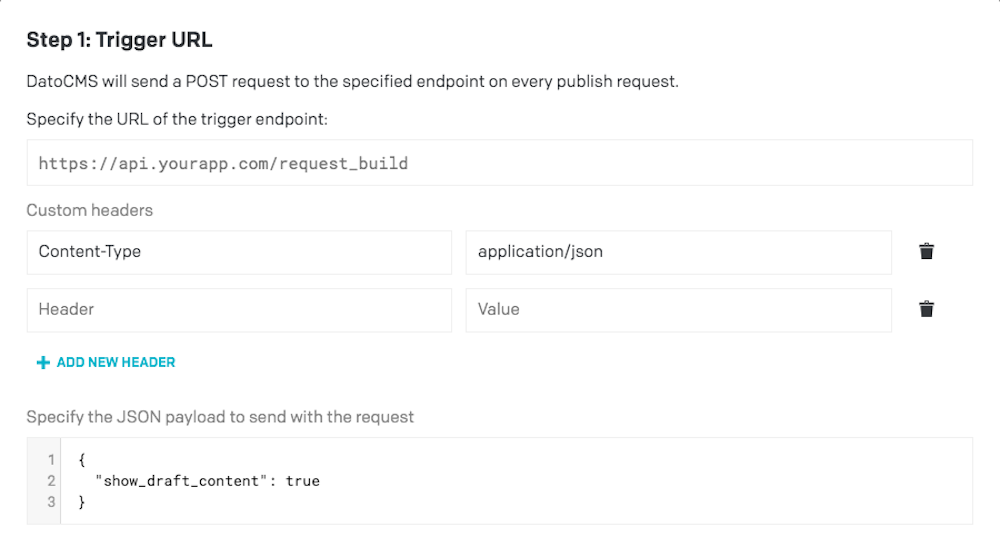Duplicate only models and fields
Until now, one could only duplicate a project in its entirety. Now you can clone all the models and fields of an existing project into a new one, without duplicating records and resources. Just make sure that the "Duplicate only models and fields" toggle-switch is On in the Duplicate Project window




